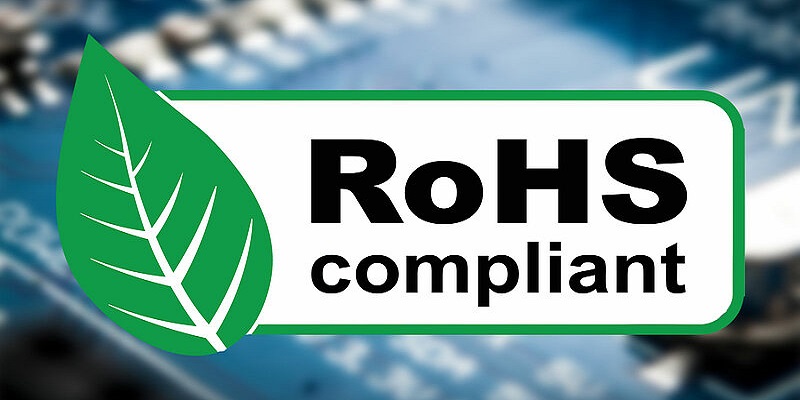Know about RoHS Compliance Before Exporting to Europe
One of the industries that have been constantly expanding over a couple of decades is the global electrical and electronics industry. This is going to be the fifth-largest industry by 2025, as per reports. With so much volume of the products being manufactured day-in and day-out, multiple regulations are also built around them. This is because, with this volume being produced, exported, and consumed, the presence and accumulation of the chemicals, hazardous chemicals and toxins are also increasing alarmingly. This is what is causing major harm and damage to the environment and nature.
In the majority of the countries, e-waste management has become a critical issue and only controlling or restricting the quantities of certain substances in them can resolve it. Multiple policies and regulations are being made to ensure that the products that are manufactured are safe. To export goods into the European Union, one needs to follow the RoHS directives that has been formed in 2004 and keeps on updating as per the latest happenings.
What is RoHS compliance?
The Restriction of Hazardous Substances (RoHS) directive has been formed in the EU, which completely restricts the use of hazardous substances in the EEE products. The six major substances that are restricted completely are mentioned in the list below:
- Lead
- Cadmium
- Mercury
- Hexavalent chromium
- PBB
- PBDE
These four were added later in 2019:
- DEHP
- BBP
- DBP
- DIBP
According to the directive, the EEC products must not be having a percentage by weight of 0.1 of the contents specified above. There can be a few goods which are exempted from these restrictions because of their usage for a certain specific purpose.
The regulators of this directive thought it to be the best way to safeguard the health of the consumers, and encourage them and the nations to reuse their produced waste. The EEE products must be recycled ecologically and hence with this regulation, they can easily prohibit the entry of electronic goods which contain these restricted substances. To pass the compliance, the products must pass through the RoHS testing of the modules and the components.
What happens if compliance is not followed?
The punishments for not abiding by the RoHS regulations can vary massively. It is decided based on different ranges of severity of the violation.
Now you can check your products for complete compliance with the Enviropass RoHS compliance testing and make them export-ready.
















